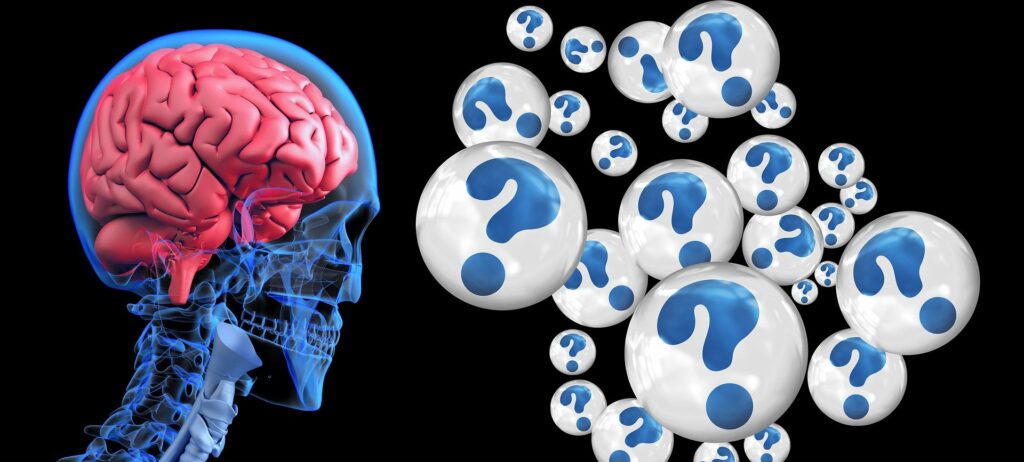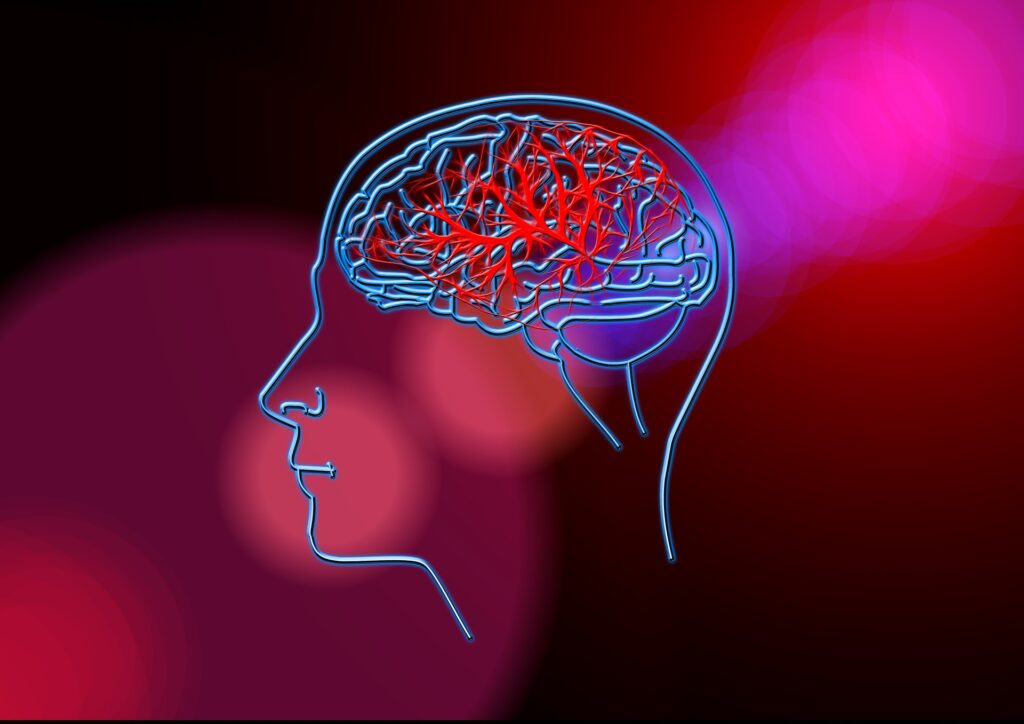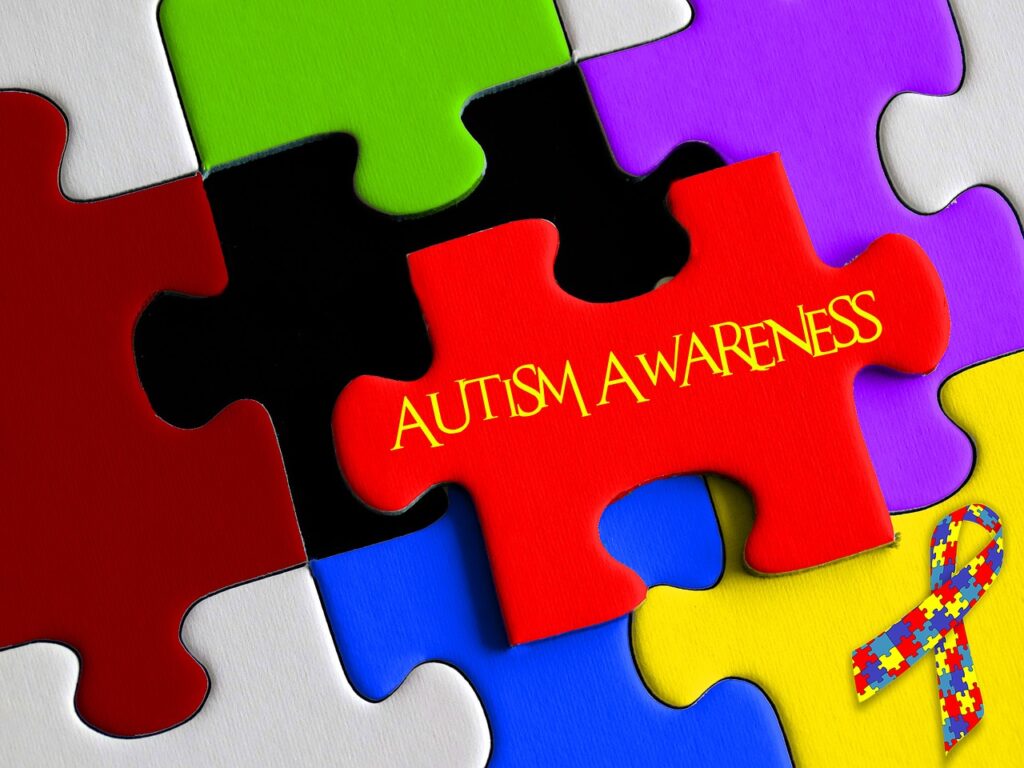Attention-Deficit/Hyperactivity Disorder

Attention deficit hyperactivity disorder (ADHD) is a mental health disorder that can cause above-normal levels of hyperactive and impulsive behaviors. Other symptoms are acting without thinking about the repercussions, overly active, has trouble focusing on a single task, or sitting still for long periods of time.
ADHD is usually first diagnosed in childhood and often lasts into adulthood, while it has no cure, it can be successfully managed and some symptoms may improve as the child grows up.
It is normal for children to have trouble focusing and behaving at one time or another, but for people with ADHD, these behaviors are persistent. The symptoms can be severe and interfere with how they function socially, at school, or at a job.
Things you might notice:
- Inattention: A person drifting and deviating off task, lacks persistence, has difficulty keeping focus, and is not organized.
- Hyperactivity: A person that moves constantly or can’t sit still, In adults, it may be feeling restless or wearing others out with constant activity.
- Impulsivity A person makes careless actions that happen at the moment without first thinking about them or a desire for urgent rewards or inability to delay enjoyment. An impulsive person may be socially meddling and excessively interrupt others.
Some people with ADHD only have problems with one of the behaviors (inattentive or impulsivity), while others have both inattention and hyperactivity-impulsivity. Most children have the combined type of ADHD and in preschool, the most common ADHD symptom is hyperactivity.
A child with ADHD may:
- Daydream and wander off a lot, having troubles sustaining attention in tasks, lengthy reading, conversations, etc..
- Forget or just lose things a lot.
- Excessive fidget
- talks a lot
- Makes reckless mistakes in schoolwork or takes unnecessary risks, or overlooks/ miss details.
- Has a hard time resisting temptation, doesn’t consider the outcome.
- Does not get along with others.
There are three different categories of ADHD, depending on which types of symptoms are most enhanced in the individual:
Predominantly Inattentive Presentation: It is difficult for these individuals to organize or finish a task, pay attention to details, keep up with instructions, or follow through with conversations. The person is easily distracted by unrelated thoughts or stimuli and forgets details of daily routines such as keeping appointments, making careless mistakes, being disorganized, etc., the list can go on and on.
Predominantly Hyperactive-Impulsive Presentation: The person squirms and fidgets and talks nonstop. It is almost impossible to sit still for a lengthy time (e.g., for a meal or while doing homework). Smaller children may run, jump, or climb continuously. An individual with ADHD feels restless and has difficulties with impulsivity. Someone who is impulsive intrudes on others, (for example in conversations, games, or activities, grabs things from people, or talks at inappropriate situations). It is hard for them to be patient and wait for their turn or listen to directions.
Combined Presentation: Symptoms of both two types are present in the individual.
Diagnosis
Diagnosis of ADHD requires an intelligent assessment by a licensed clinician, such as a pediatrician, psychologist, or psychiatrist with expertise in ADHD. For someone to be diagnosed with ADHD, the symptoms of inattention and/or hyperactivity-impulsivity must be present long-lasting, damage the person’s functioning skills, and affect normal development by not progressing for his or her age. The doctor will also make sure that any ADHD symptoms are not due to another medical or psychiatric disorder. Most children with ADHD get diagnosed during the elementary school years. For an adolescent or adult to be diagnosed with ADHD, the symptoms need to have been present before age 12.
ADHD symptoms can show up from the ages of 3 and 6 and can persist through adolescence and adulthood. Symptoms of ADHD can be confused with emotional or disciplinary problems or missed completely, leading to late diagnosis. Adults with undiagnosed ADHD may have a history of poor academic and work performance or failure to form relationships.
ADHD symptoms can differ over time as a person gets older. In young children with ADHD, hyperactivity-impulsivity is the main symptom. As a child reaches elementary school the symptom of inattention may become more outstanding and cause the child to struggle with school performance. In adolescence, hyperactivity seems to decrease and might appear more often as feelings of restlessness or fidgeting, but inattention and impulsivity may remain.
Researchers don’t know exactly what causes ADHD. Like many other diseases, several factors can contribute to ADHD, such as:
- Genes
- Cigarette, use of alcohol or drug during pregnancy
- Being exposed to environmental toxins during pregnancy
- Being exposed to environmental toxins, such as high levels of lead, at a young age
- Low birth weight
- Brain damage
ADHD occurs more in males than females, and females with ADHD are more likely to have problems first with inattention. Other conditions, such as learning disabilities, anxiety disorder, conduct disorder, depression, and substance abuse, are also common in individuals with ADHD.
Treatment and Therapies
While there is no definite cure for ADHD, there are available ways of treatment that can help reduce symptoms and improve functioning which involves medication, behavioral and psychosocial interventions, education or training, or a combination of treatments.
Medication
For many people, ADHD medications lessen hyperactivity and impulsivity and improve their skills to focus, work, and learn. The medication also might improve physical coordination. Sometimes several different medications or dosages must be tried until finding the right one that works best for a particular person. Anyone taking medications must be monitored strictly and carefully by their prescribing doctor and family.
Stimulants. The most used medication for treating ADHD is called a “stimulant’’ and even though it may appear uncommon to treat ADHD with a medication that is considered a stimulant, it works by raising the brain chemicals dopamine and norepinephrine, which have crucial roles in thinking and paying attention.
Under medical control, stimulant medications are considered safe. However, there are risks and side effects, especially when misused or taken more than the prescribed dose. For example, stimulants can increase blood pressure and heart rate and anxiety. Therefore, a person with other health conditions, including high blood pressure, seizures, heart disease, glaucoma, liver or kidney disease, or an anxiety disorder should tell their doctor in advance before starting therapy with stimulants.
Talk with a doctor if you experience any of these or other side effects while taking stimulants:
- Reduced appetite
- Sleeping problems, like insomnia
- Tics (sudden and repetitive movements or sounds)
- Personality changes
- Increased anxiety and irritability
- Stomachaches
- Headaches
Non-stimulants. A few other ADHD medications are non-stimulants and take longer to start working compared to stimulants, but can also improve focus, attention, and impulsivity in a person with ADHD. Doctors may prescribe a non-stimulant when an individual has side effects from stimulants; when a stimulant was not effective; or when combined with a stimulant to increase effectiveness.
Antidepressants can be used alone or given along with stimulants, and may help all of the symptoms of ADHD and can be prescribed if a patient has bothersome side effects from stimulants. Antidepressants can be helpful combined with stimulants if a patient also has another illness, such as anxiety, depression, or other mood disorders.
Psychotherapy and Psychosocial Interventions
Several specific behavioral interventions have been shown to help patients and their families manage symptoms and improve daily functioning.
Behavioral therapy is a type of psychotherapy that intends to help a person change his or her behavior for better. It might involve practical guidance, such as help organizing tasks or completing schoolwork, working through emotionally difficult and challenging situations.
Therapists may also teach children social skills, such as how to be patient and wait for their turn, share toys, seek help, or how to react to teasing.
Cognitive-behavioral therapy can also teach a person apprehensive and cautious techniques, how to be aware and accepting of their own thoughts and feelings, to improve focus and attention. The therapist also inspires and reassures the person with ADHD to adapt to the life changes that come with treatment, such as thinking before taking action or resisting the urge to take unnecessary risks, sitting still through long sessions, and concentrating.
Family and spousal therapy can help family members and spouses find better ways to cope with disruptive behaviors, to promote behavior changes, enhance and improve relationships with the patient.
Behavioral parent management training educates parents on the skills they need to encourage and praise positive behaviors in their children. It helps parents learn how to use a system of rewards and consequences to change a child’s behavior by giving immediate and positive comments for certain behaviors they want to enhance and encourage, and on the other hand to ignore behaviors that they want to stop happening.
Specific behavioral management interventions have been proven to be practical and helpful for managing youths’ problems and improving their functioning at school and with peer leaders. These research-informed strategies usually involve teacher-implemented reward systems that often use point systems and communication with parents via Daily Report Cards.
Stress management techniques can help parents of children with ADHD by developing their ability to deal with frustration so that they can react calmly to their child’s behavior.
Support groups can benefit parents and families who connect with others who have ADHD related problems and concerns. Groups often meet regularly to share frustrations and successes, to exchange information about suggested specialists and strategies, and to talk about it with experts.
Other interesting blogs:
https://www.handicapreview.com/blog/2020/07/27/autism-spectrum-disorder-asd/
https://www.handicapreview.com/blog/2020/07/27/autism-spectrum-disorder-asd/





Hello Mark, Thank you!